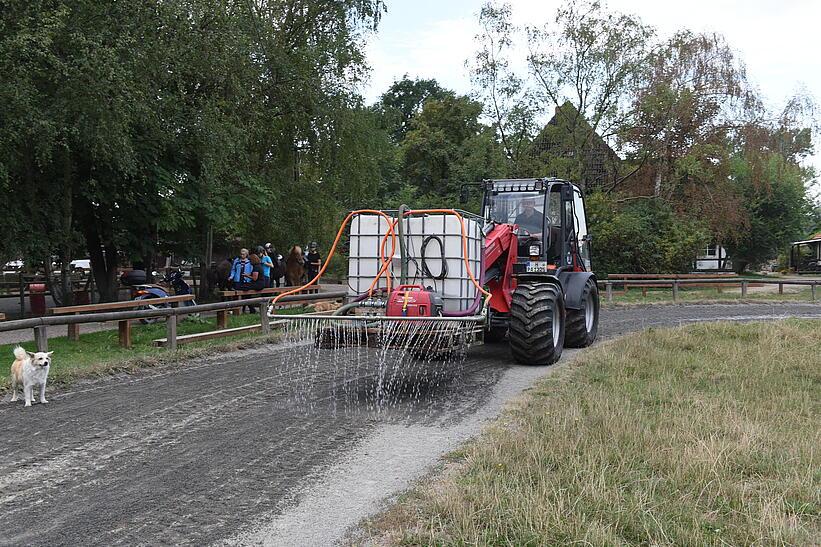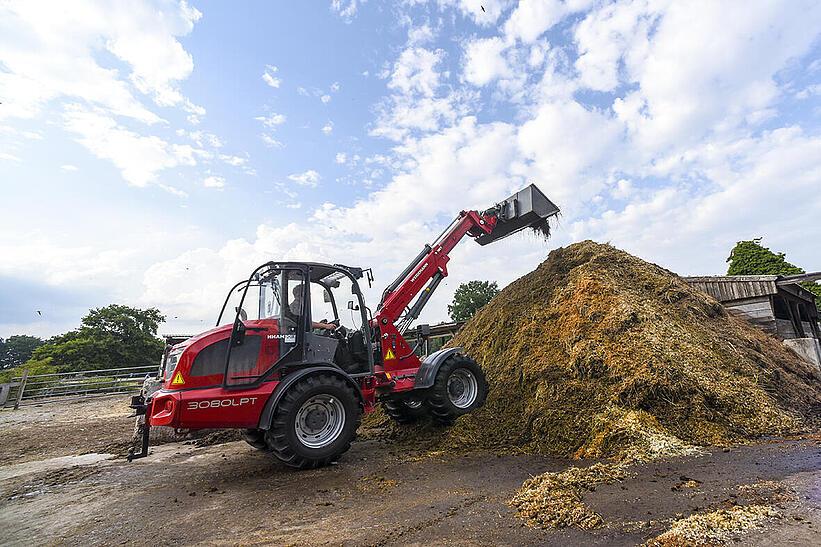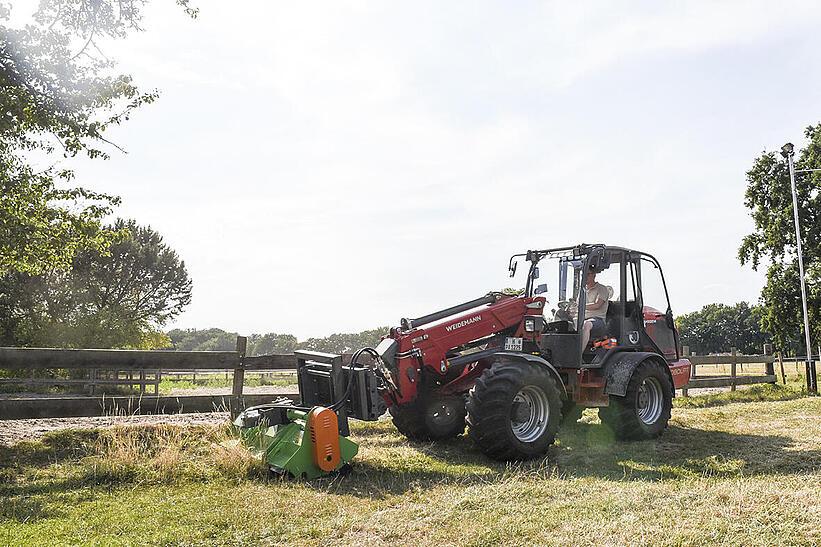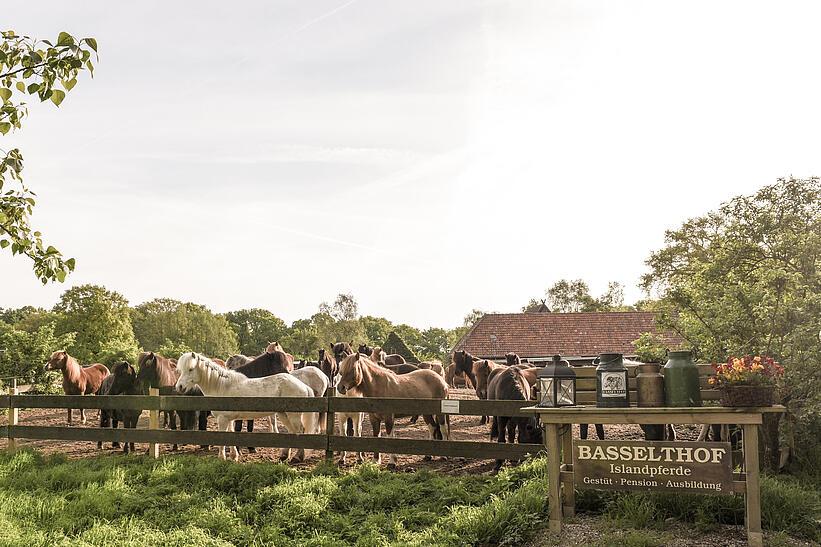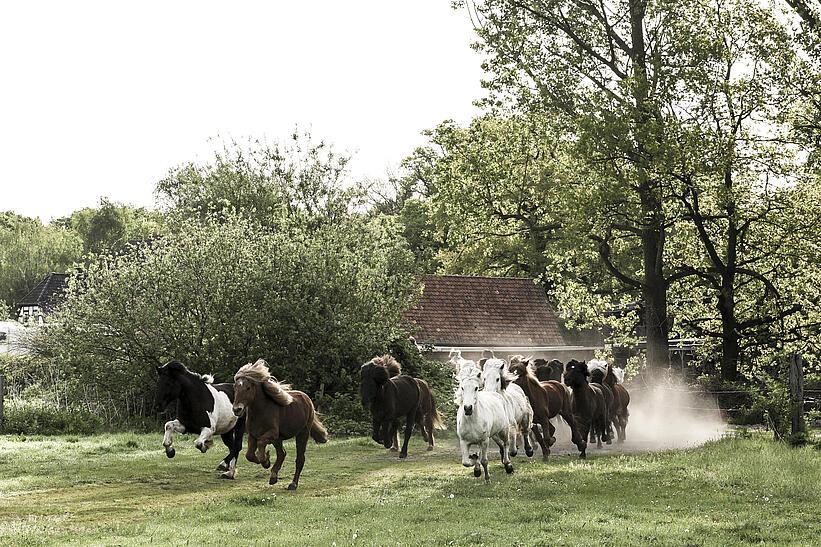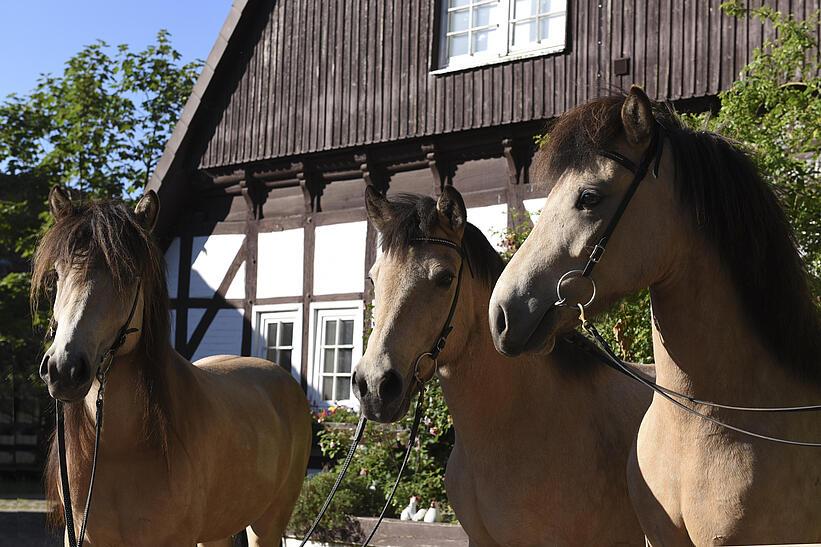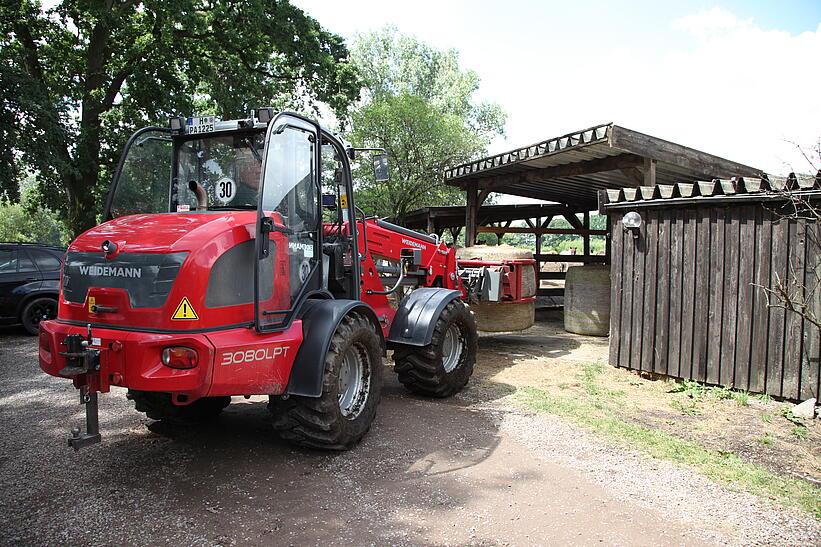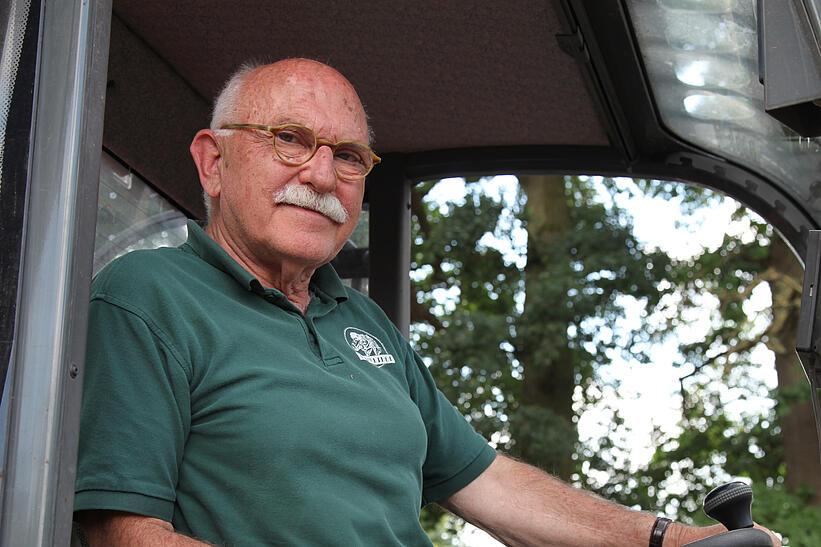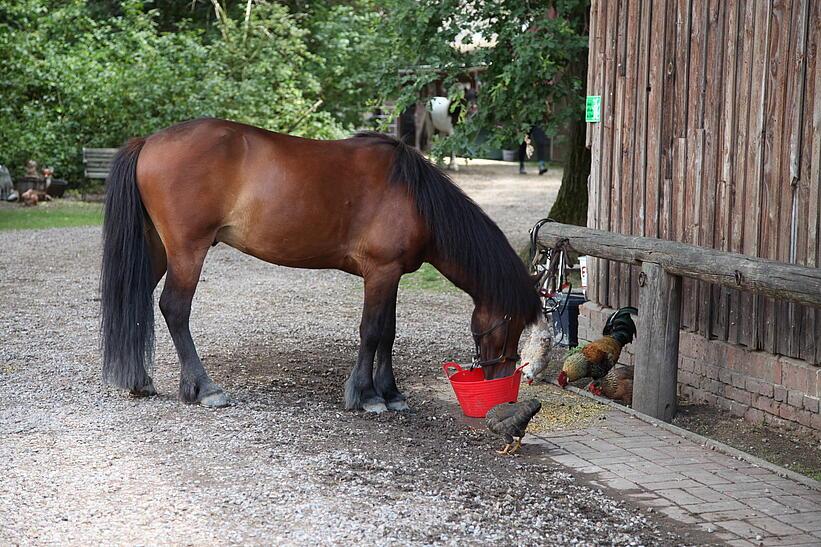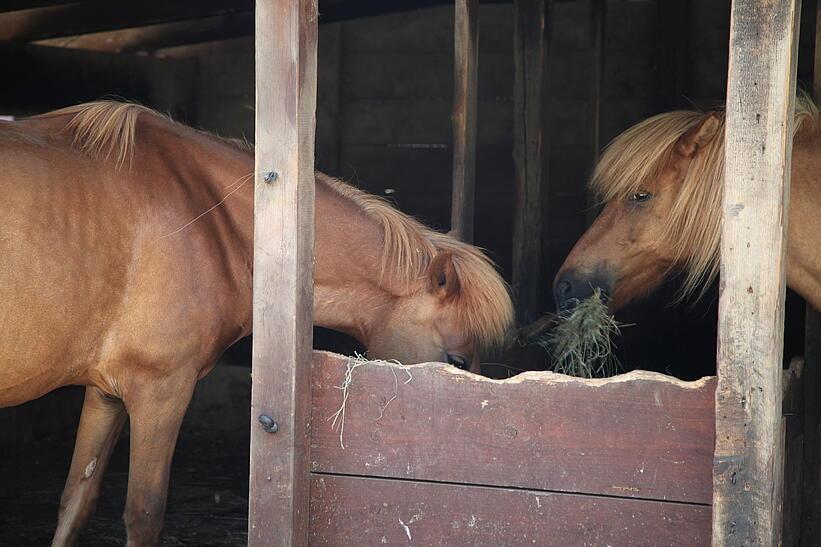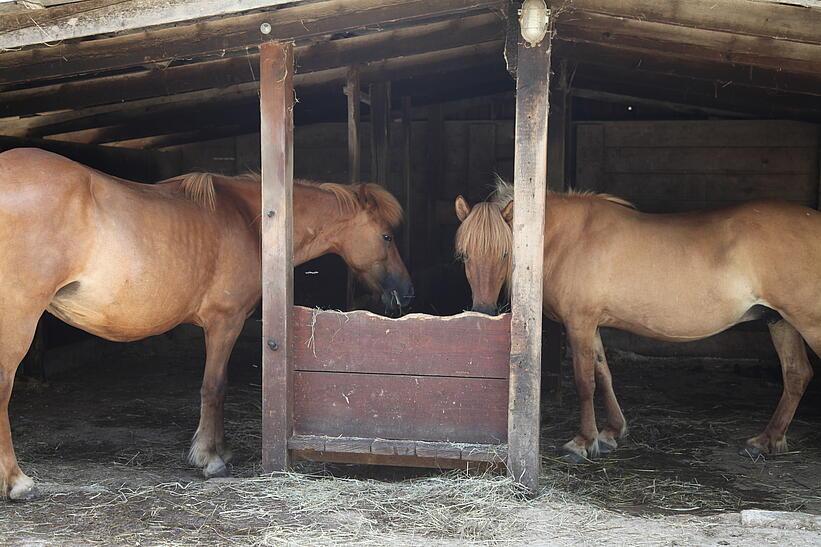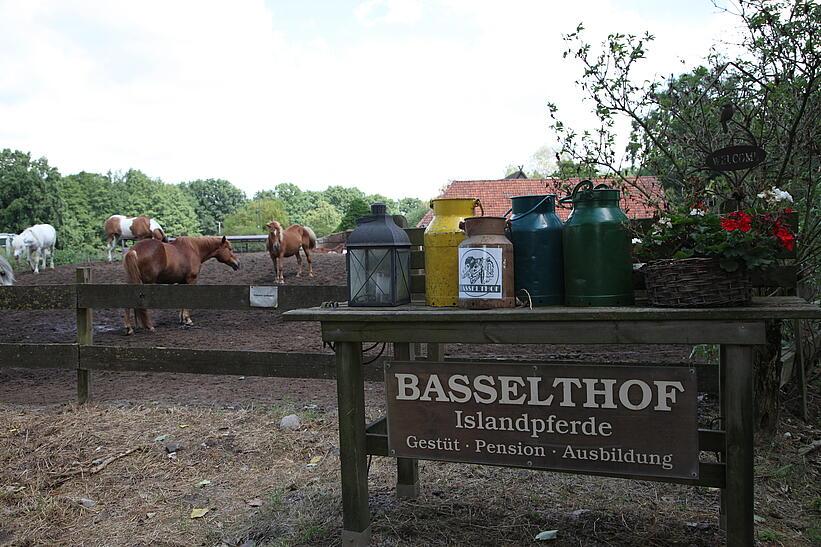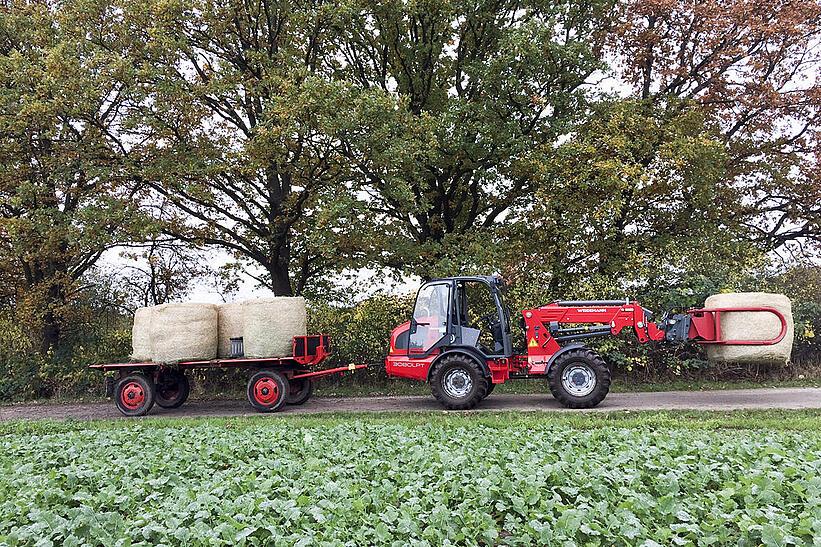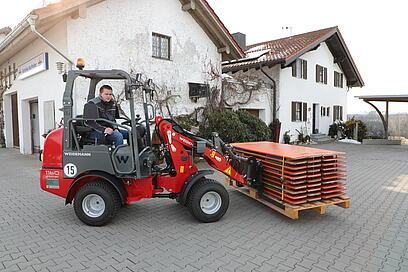A fascination with Icelandic horses
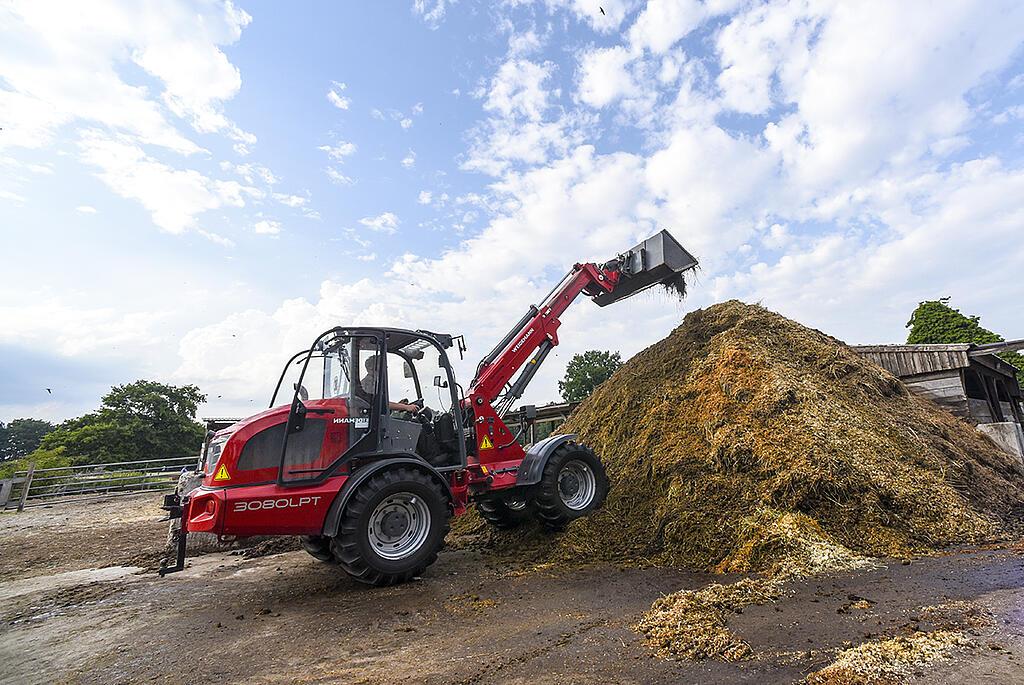
These sturdy horses, so full of character, have a fan club that spans the whole of Europe.
Icelandic horses are a breed with five natural gaits. Most horses only have the basic gaits of walk, trot and canter/gallop. However, the genetics of Icelandic horses also equip them with two additional gaits, known as tölt and flying pace. However, only purebred animals, whose pedigree can be traced seamlessly back to Iceland, are recognised as “Icelandic horses”. Since 1909, the importing of horses into Iceland has been prohibited to avoid disease. This means that horses born in Iceland may not return to Iceland once they have left the island. Rules are strict for the protection of an exceptional breed of horse that combines physical strength, hardiness and riding versatility with a very even temperament. An Icelandic horse is fully grown at around the age of seven. Given the late physical maturity of these horses, they may only be ridden in their fourth or fifth year of life. Icelandic horses normally live to an old age - 30 to 35 years or more is not uncommon. Horses can often continue to be ridden even beyond the age of 25.

A long tradition of horses at Basselthof
All these positive features have also been a source of fascination to the Grimm family at Basselthof in Isernhagen. Since 1972, they have been running a combination of breeding and riding facilities for Icelandic horses on a plot of land covering some 10 hectares on the outskirts of Hanover. There is a long tradition of horses at this farm, which is mentioned as a stop for stagecoach horses in documents dating as far back as the fifteenth century. The facility’s historic buildings date back to the eighteenth century. Since summer 2016, the Weidemann 3080LPT has been taking care of the farm’s 70 horses. The telescopic wheel loader was configured specifically to suit operational requirements by owners Malise and Arno Grimm together with their friend and housemate, Alexander von Thun, in cooperation with the farm equipment supplier Heino Lampe, Land- und Gartentechnik.
Completing a variety of tasks.
A telescopic wheel loader is particularly ideal for those who need more lift height. The farm’s manure is sent to a biogas plant for recycling. This ensures regular collection of the dung heap, which has to be loaded onto a high trailer. With its lift height of 4.99 m and a load-over height of 4.57 m, this machine meets these criteria. However, a facility’s height clearances usually also have to be taken into consideration, especially if existing buildings are involved. The Weidemann 3080LPT is a low-position model, which, with its lower cab, is around 20 cm lower and its overall height of 2.25 m is ideal for the facility. Even straw and silo big baling transportation can be handled easily with the large tele wheel loader. Pastures and farmland are maintained with a mulcher. For watering the riding area, Dipl. Ing Alexander von Thun used his mechanical engineering expertise to build his own equipment, complete with water tank and pump. The existing work platform enables trees to be neatly delimbed, floodlights to be replaced and gutters to be cleaned. A pallet fork and bucket complete the range of applications provided by the tele wheel loader. Alexander von Thun does much of this work in his free time and enjoys driving the Weidemann: “We used to work with a front loader - but that was really no comparison. With this fantastic machine and all its various attachments, the work takes no time at all and I love it here at Basselthof - a great bonus in my free time.”
More information






